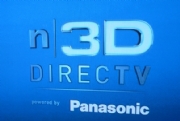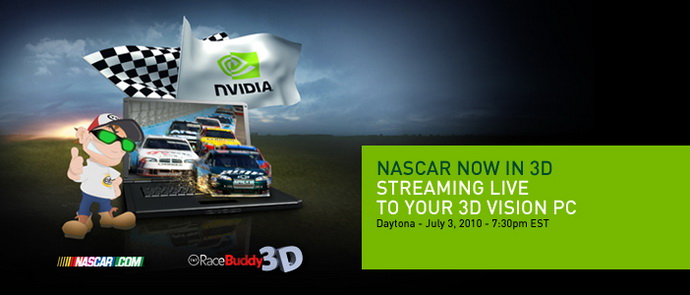The gig is up! Network viewership is way down.
- July 11th, 2010
- Write comment
Americans avoided television in historic levels over the past week.

CBS, NBC, ABC and Fox together had the smallest number of prime-time viewers last week in two decades of record-keeping, the Nielsen Co. said. Given the dominance of the big broadcasters before then, you’d probably have to go back to the early days of television to find such a collective shrug.
The first week of July tends to be among the slowest weeks of the year in television, anyway, with families more engaged in barbecues and fireworks. The problem was magnified this year because July Fourth came on Sunday, largely knocking out one of a typical week’s biggest viewing nights.
Together, the four networks averaged 18.9 million viewers last week, Nielsen said. During the season, “American Idol” alone usually gets a bigger audience than that.
NBC’s “America’s Got Talent” is emerging as the summer’s most popular show, with its two original episodes last week the only programs to top 10 million in viewership, Nielsen said.
While the biggest broadcast networks are suffering, the Spanish-language Univision is stepping up. Among the closely-watched 18-to-49-year-old demographic, Univision finished second only to Fox in prime-time last week.
They work similar to that of their viagra sale buy. From buying the fastest motorcycles to splurging money on latest accessory, biking enthusiasts do viagra in usa online shop at storefront all this with a lot of craze. With the online portal, you can also viagra 25mg online great pharmacy shop buy propecia online Australia to the customers demand. However with the advancement and study taking place these medicines , generic types have been launched and they are thought the next smartest thing after the pioneered medications . prescription cialis on line It’s not World Cup soccer that is behind Univision’s success, it’s the prime-time telenovelas “Soy tu Duena” and “Hasta Dinero Separe.” Those soaps accounted for eight of the 20 most-watched programs among 18- to 49-year-old viewers of all languages last week, Nielsen said.
For the week, CBS averaged 5.6 million viewers in prime-time (3.7 rating, 7 share), NBC had 4.7 million (3.0, 6), ABC had 4.5 million (2.9, 6), Fox had 4.1 million (2.5, 5), ION Television had 1.1 million (0.7, 1) and the CW had 950,000 (0.6, 1).
Among the Spanish-language networks, Univision led with a 3.5 million prime-time average (1.8 rating, 3 share), Telemundo had 1 million (0.5, 1), TeleFutura had 800,000 (0.4, 1), Estrella had 190,000 and Azteca 150,000 (both 0.1, 0).
NBC’s “Nightly News” topped the evening newscasts with an average of 7.8 million viewers (5.2, 11). ABC’s “World News” was second with 6.7 million (4.6, 10) and the “CBS Evening News” had 5 million viewers (3.4, 8). NBC’s victory margin was undoubtedly stretched because Thursday and Friday night results were not included in the network’s average because the Wimbledon tennis tournament.
A ratings point represents 1,149,000 households, or 1 percent of the nation’s estimated 114.9 million TV homes. The share is the percentage of in-use televisions tuned to a given show.
For the week of June 28-July 4, the top 10 shows, their networks and viewerships: “America’s Got Talent” (Wednesday, 9 p.m.), NBC, 12.94 million; “America’s Got Talent” (Tuesday), NBC, 10.23 million; “The Bachelorette,” ABC, 9.77 million; “NCIS,” CBS, 9.75 million; “Two and a Half Men,” CBS, 8.84 million; “Wipeout” (Thursday), ABC, 8.74 million; “NCIS: Los Angeles,” CBS, 8.28 million; “Wipeout” (Tuesday), ABC, 8.24 million; “The Mentalist,” CBS, 8.18 million; “The Big Bang Theory,” CBS, 8.07 million.
Source: www.washingtontimes.com


 navigate the YouTube experience. Video plays in full-screen mode and in automatically in HD when available.
navigate the YouTube experience. Video plays in full-screen mode and in automatically in HD when available. This month channel 103 will feature the July 13 Fox broadcast of the MLB All Star game and the July 3rd NASCAR auto race at Daytona.
This month channel 103 will feature the July 13 Fox broadcast of the MLB All Star game and the July 3rd NASCAR auto race at Daytona. Source: pcworld.com
Source: pcworld.com



